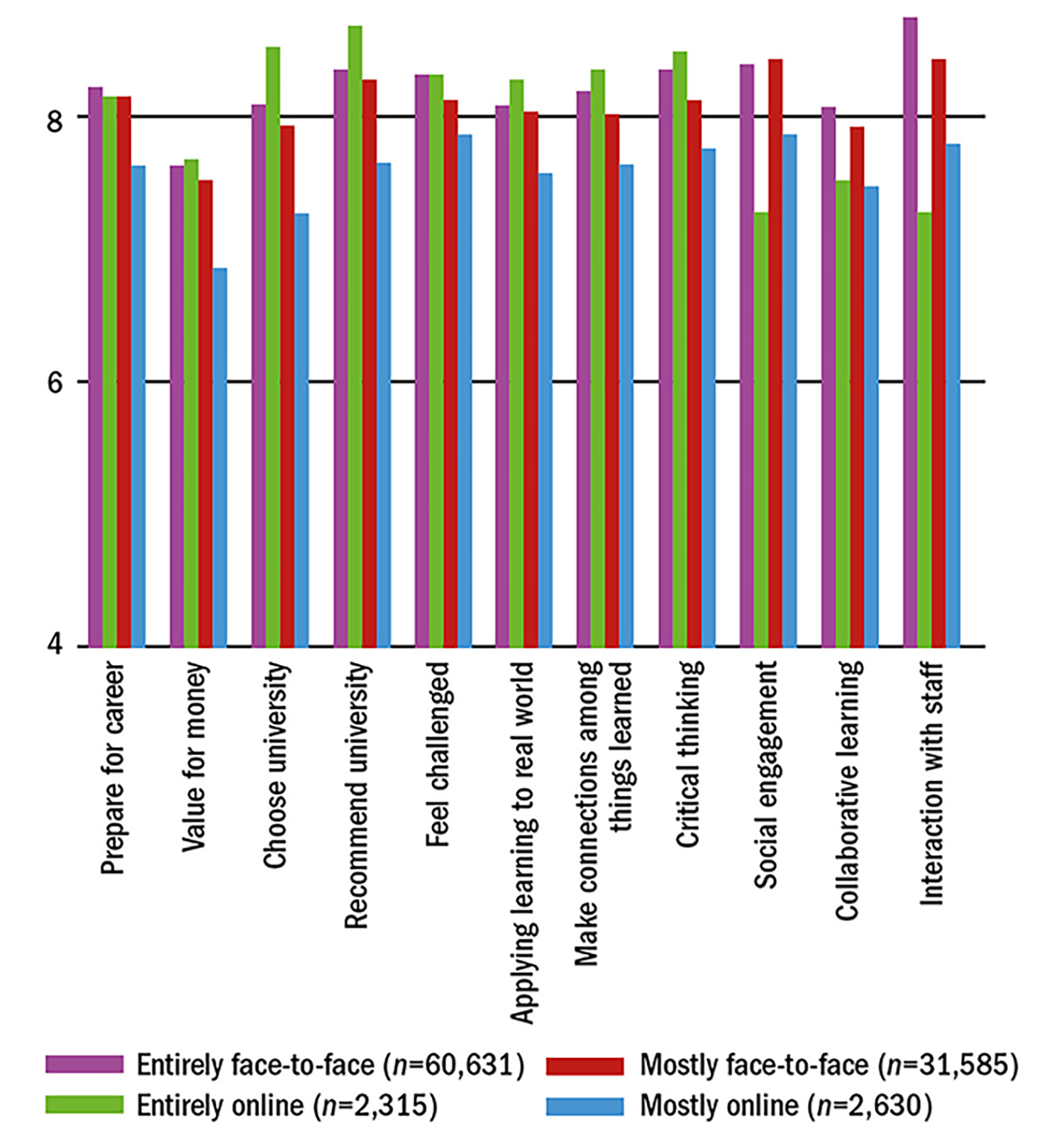Citing in-house research that surveyed over 100,000 students in the United States, THE reported late last week (see article) that students in exclusively face to face courses and students in exclusively online courses tended to give higher marks to their programs than those students taking blended courses that combine face to face learning with online learning. The report suggests that there is something about the design, implementation or execution of blended learning that is leading to lower overall satisfaction among students across several metrics that were tracked. For those universities pursuing some form of blended learning, and the list is growing every day, the THE report provides a launching point for new conversations around what is working and what isn’t working on their campuses.
Blended learning is in its early stages and measurement and analysis are key factors that can drive improvement. As Mike Sharples, chair in educational technology at the UK’s Open University states in the article, “…the survey results do not show that ‘blended learning is a failure,’ but either that universities do not yet know ‘how to blend properly’ or that ‘there is a difference between what students say they like and what they do better at.” More data is needed, but this is an important conversation to be having.

[…] By O'Neal SpicerMore Posts (2) Citing in-house research that surveyed over 100,000 students in the United States, THE reported late last week (see article) that students in exclusively face to face courses and students in exclusively online courses tended to … Continue reading → […]